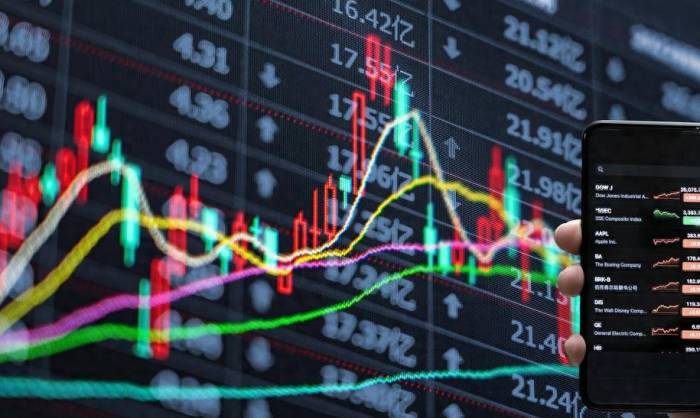Today, the China Securities Regulatory Commission (CSRC) announced an important new regulation that will come into effect from July 11, 2024. Specifically, the CSRC has agreed to the suspension of a business called "securities lending and borrowing" by China Securities Finance Corporation. Existing securities lending and borrowing contracts can be extended, but they must be concluded by September 30.
In addition, starting from July 22, the stock exchange requires investors to provide more margin if they want to borrow stocks to sell (this is called "short selling"). The general margin for short selling has been increased from no less than 80% to 100%, while the margin for private securities investment funds has been increased from no less than 100% to 120%.
Although this policy seems to have no direct relationship with the overall economy, it actually has a significant impact on the market under the current distorted market value. In simple terms, the purpose of the policy is to restrict short selling of stocks, which is usually an operation where investors expect the stock price to fall in the future, so they borrow stocks to sell first, and plan to buy them back when the price is low to earn the difference. Now, the new regulation of the CSRC essentially prohibits this short selling method, meaning that investors can only buy stocks hoping for a price increase (going long), and cannot expect to make money by predicting that it will fall.
Advertisement
01
This policy actually provides an opportunity for long traders to make money from short traders, and it seems that tens of billions of profits are waiting to see who can seize the opportunity faster and more accurately.
Although the balance of securities lending and borrowing on the surface is only about 30 billion, which does not seem to be particularly much, the real problem is that as long as there is sufficient financial strength, not only can the funds of securities lending and borrowing be squeezed out, but the funds of ordinary short selling may also be affected.
In addition to the approximately 60 billion of securities lending and borrowing and ordinary short selling funds on the surface, many different types of short selling funds will also be affected:
The scale of over-the-counter options is difficult to estimate;
The impact of short selling options and stock index futures on the funds is also unknown;
There are also some funds that indirectly reduce short selling through private transactions, and this part is also difficult to calculate.It is worth mentioning that the maximum loss from going long is theoretically 100%—that is to say, in the worst-case scenario, you may lose all the invested capital. However, the risk of short selling is even greater, as the loss theoretically has no upper limit, because if the stock price continues to rise, the loss will increase indefinitely.
For example, if a short position in a stock fails to cover in time when encountering a short squeeze, and the stock price has tripled, then these short sellers have to buy back the stock at a higher price to cover before September 30th, and their losses will far exceed three times. For investors who go long, as long as they hold until September 30th, they can basically be said to be guaranteed to make a profit without loss.
02
Now in the trading circle, there is no time to discuss this news, everyone is busy analyzing and selecting those high-quality stocks with high convertible bond and short selling ratios, preparing to make precise entries.
The logic of trading is as follows: The overall trading volume of the current market is not very active, and the number of circulating chips for those high-quality blue-chip stocks (that is, stocks with stable performance and strong fundamentals) is not much. Now, in conjunction with this policy, people are more optimistic about those blue-chip stocks that have been undervalued (i.e., the stock price is underestimated), because the fundamentals of these stocks are very strong and can attract funds, especially those short-selling funds that must buy back stocks before September 30th.

Some investors may not consider the company's fundamentals, they only operate on those stocks with relatively high convertible bond and short selling ratios. This strategy has also been seen in the US stock market before, sometimes retail investors will concentrate their efforts to go long on certain stocks to fight against those short-selling funds.
Tonight may be particularly difficult for investors holding short positions, and this situation even reminds people of the past 519 market - that was a period of violent market fluctuations.
Comment